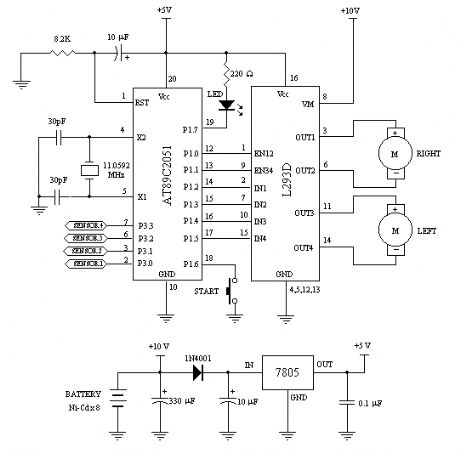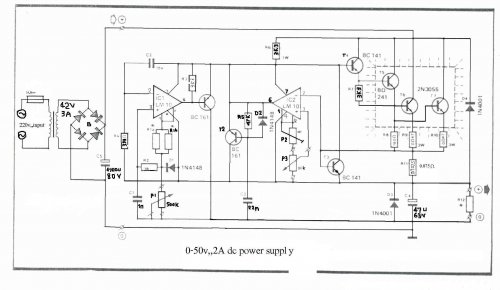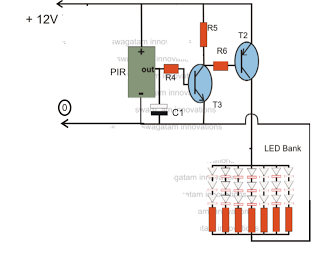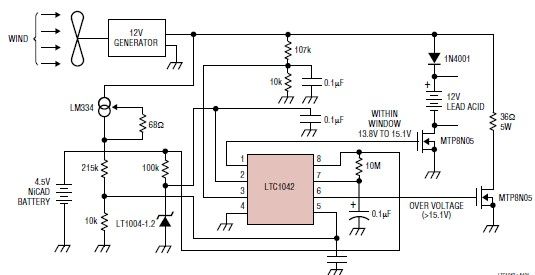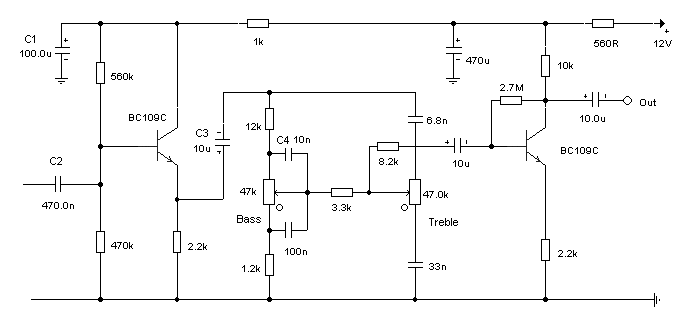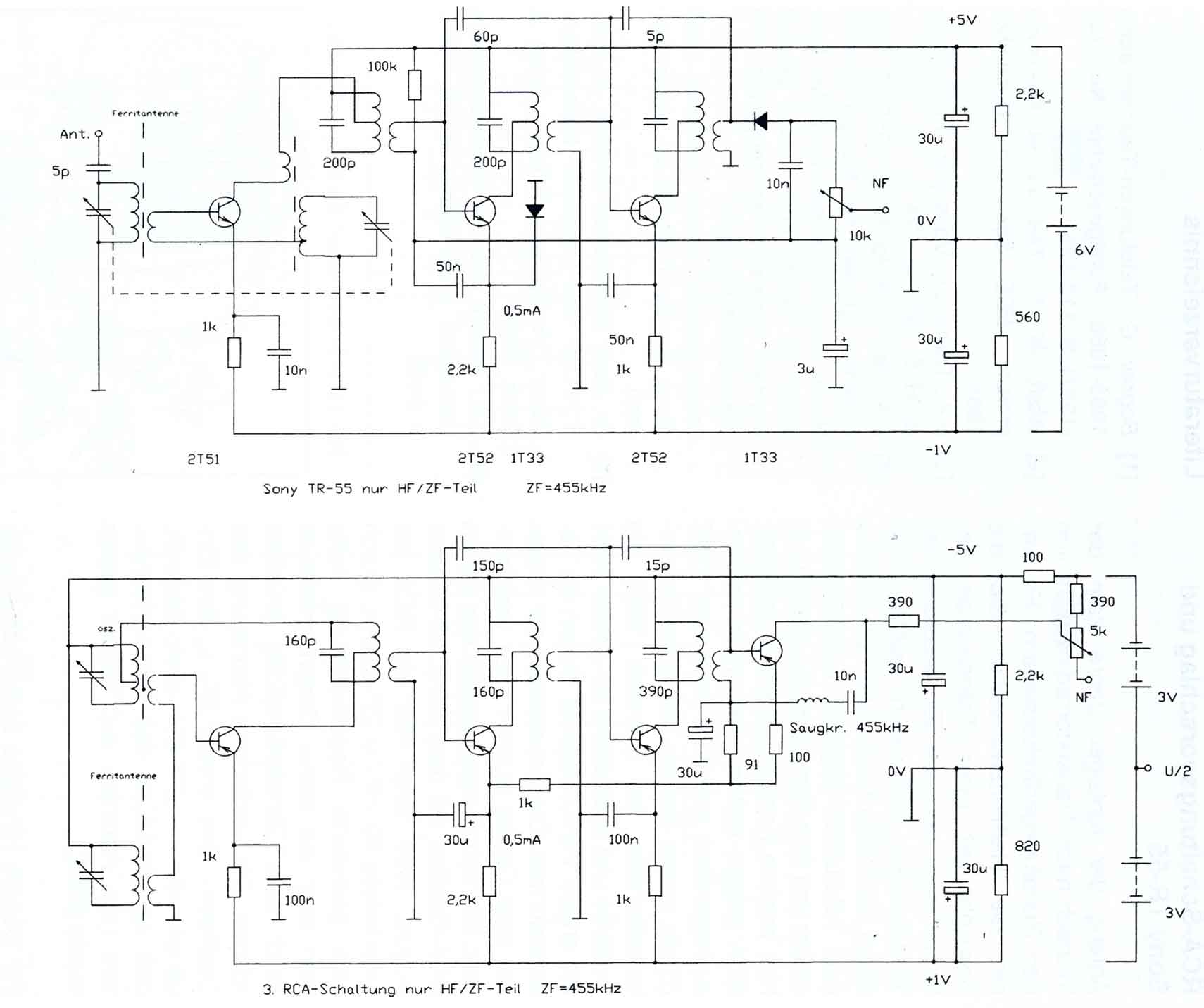
MK484 AM receiver circuit
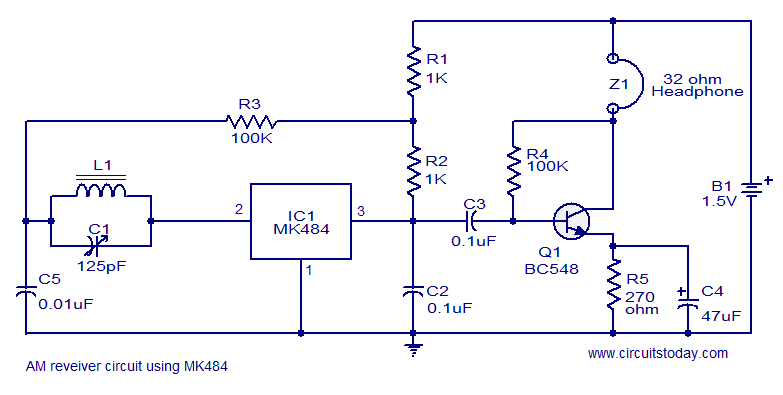
A cost-effective and straightforward AM receiver circuit utilizing the MK484 integrated circuit. The circuit requires minimal external components and operates within a frequency range of 150 kHz to 3 MHz.
The MK484 AM receiver circuit is designed for simplicity and affordability, making it suitable for educational purposes and hobbyist projects. The primary component, the MK484 IC, is a low-power AM radio receiver chip that integrates various functions necessary for AM signal processing.
The circuit typically includes a few essential external components: an antenna for signal reception, a variable capacitor for tuning, and a few resistors and capacitors for biasing and filtering. The antenna captures the AM radio waves, which are then fed into the MK484. The integrated circuit amplifies the received signals and demodulates them, allowing for audio output.
The frequency range of 150 kHz to 3 MHz covers the lower end of the AM broadcast band, enabling reception of various AM stations. To optimize performance, the circuit may include a simple audio output stage, such as a small speaker or headphone jack, connected to the output pin of the MK484.
Power supply requirements for the MK484 are modest, typically operating within a range of 3V to 9V. This allows for the use of standard batteries or low-voltage power supplies. The circuit's simplicity and low component count make it an excellent choice for those new to electronics, providing an opportunity to learn about radio frequency principles and circuit design.
Overall, the MK484 AM receiver circuit exemplifies an effective blend of simplicity and functionality, making it accessible for a wide range of users interested in radio technology.A very cheap and simple AM receiver circuit using IC MK484. The circuit requires fewexternal components and has a frequency range from 150KHz to 3MHz.. 🔗 External reference
The MK484 AM receiver circuit is designed for simplicity and affordability, making it suitable for educational purposes and hobbyist projects. The primary component, the MK484 IC, is a low-power AM radio receiver chip that integrates various functions necessary for AM signal processing.
The circuit typically includes a few essential external components: an antenna for signal reception, a variable capacitor for tuning, and a few resistors and capacitors for biasing and filtering. The antenna captures the AM radio waves, which are then fed into the MK484. The integrated circuit amplifies the received signals and demodulates them, allowing for audio output.
The frequency range of 150 kHz to 3 MHz covers the lower end of the AM broadcast band, enabling reception of various AM stations. To optimize performance, the circuit may include a simple audio output stage, such as a small speaker or headphone jack, connected to the output pin of the MK484.
Power supply requirements for the MK484 are modest, typically operating within a range of 3V to 9V. This allows for the use of standard batteries or low-voltage power supplies. The circuit's simplicity and low component count make it an excellent choice for those new to electronics, providing an opportunity to learn about radio frequency principles and circuit design.
Overall, the MK484 AM receiver circuit exemplifies an effective blend of simplicity and functionality, making it accessible for a wide range of users interested in radio technology.A very cheap and simple AM receiver circuit using IC MK484. The circuit requires fewexternal components and has a frequency range from 150KHz to 3MHz.. 🔗 External reference
